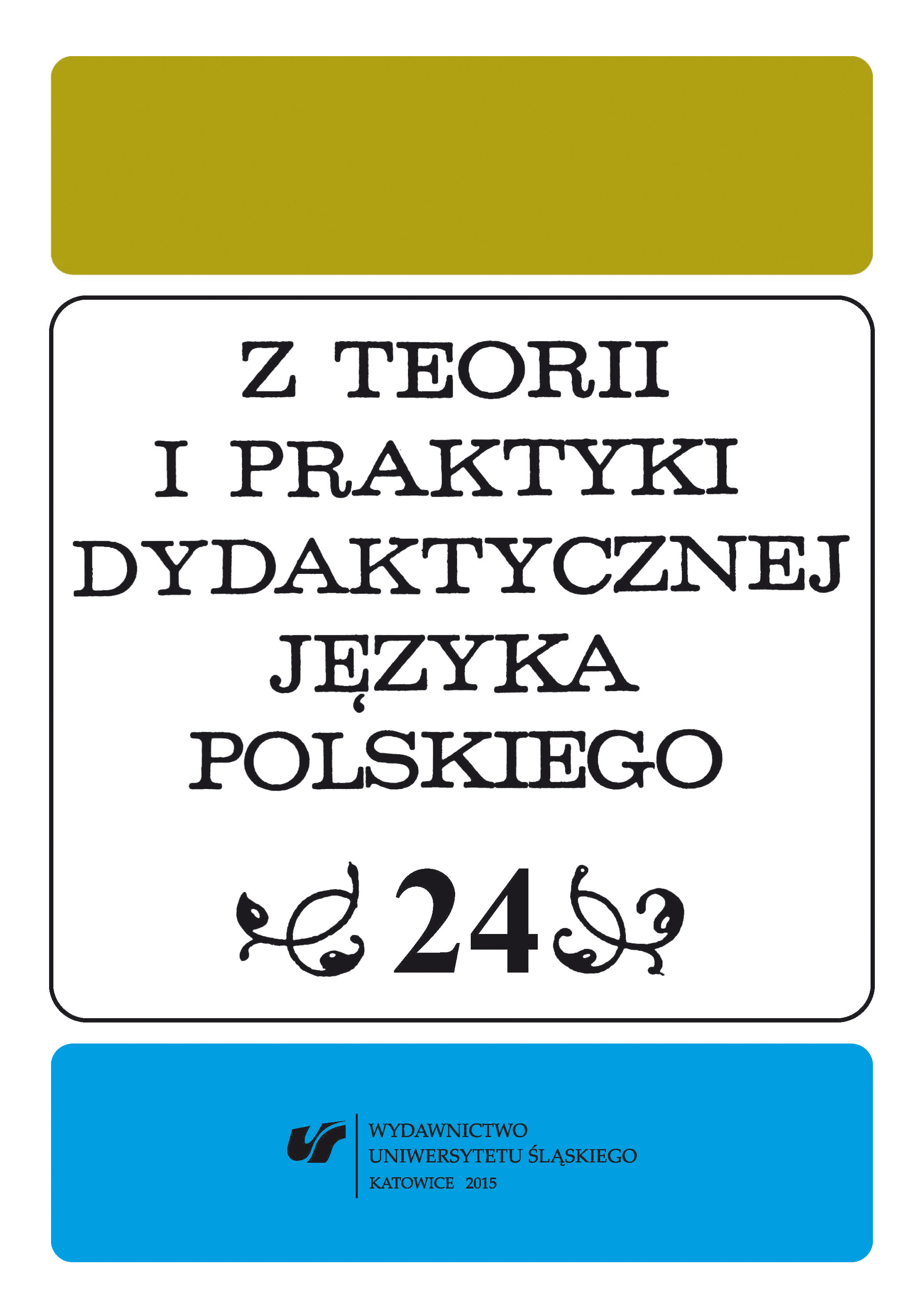Czy normalnie znaczy inaczej? O literaturze dziecięcej przełamującej stereotypy
Does Normal Mean Other? On Breaking Stereotypes in Children’s Literature
Author(s): Karolina KwakSubject(s): Language studies, Language and Literature Studies, Education, Theoretical Linguistics, Applied Linguistics, Studies of Literature, Comparative Study of Literature, Western Slavic Languages, Sociology of Culture
Published by: Wydawnictwo Uniwersytetu Śląskiego
Keywords: stereotypes; children’s literature; otherness
Summary/Abstract: In her article, the authoress proposes that — because of changes in both the contemporary society and the family model — contemporary children’s literature should be de-stereotyped. She refers to the Swedish and Norwegian experience: literary texts for children (available in Polish translation) by F. Nilsson and M. Nilsson Thore, R. Lagercrant, E. Eriksson, in which the authors address the problem of fear of “otherness”, describe students from the perspective of a child and life from the perspective of the so-called misfits. Schools should not — according to the authoress — resign from the books that depict models of, e.g. gender, in a way that is different than the ones desired in the contemporary society. Moreover, the image of a mother should also be de-stereotyped, as in Dorota Masłowska’s book titled “Jak zostałam wiedźmą. Opowieść autobiograficzna dla dorosłych i dzieci” („How I became a witch. An Autobiographical Tale for Adults and Children”). Children’s literature is to teach young readers how to accept themselves and others, and to educate the young generation how to be open to “Otherness.”
Journal: Z Teorii i Praktyki Dydaktycznej Języka Polskiego
- Issue Year: 2015
- Issue No: 24
- Page Range: 61-71
- Page Count: 11
- Language: Polish

